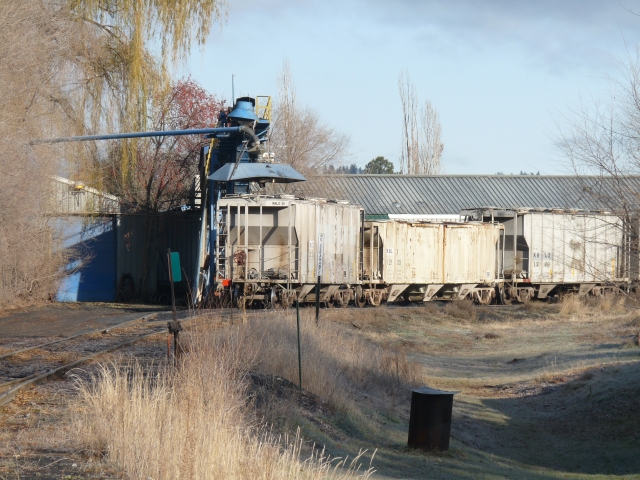No easy solution to the Grand Forks rail line problem, report says
With the clock ticking on the abandonment of the Kettle Falls International Railway the City of Grand Forks released their business case study to the public last week. The report, commissioned by the City in September, does not specifically recommend one course of action, but provides extensive information on different options to be considered. Council received the report and will be taking steps to meet with stakeholders this month. Mayor Brian Taylor, however, is hopeful that the short line will sell to an operator after enquiries made last month. While he cannot provide information on proponents, his sense is that there may still be a need for a partnership. “If you look at the report they have basically laid it out – they are saying don’t jump the gun, don’t think that you can come in as the municipality and solve this problem,” says Taylor. “There are a number of short line operators that have asked for the opportunity to get involved with this. In my mind it hasn’t changed a whole lot from what we assumed before. Unless (the business stakeholders) can get something together where we can be a part of, then it’s not going to go forward.” Taylor says that if the tariff rates were higher, and a commitment is made for a certain volume of traffic, there’s still a chance that the line can be operated as a business. The report, prepared by Philip Davies of Davies Transportation Consulting Inc. with Darryl Anderson, Wave Point Consulting Ltd. and Norm Hooper of Hooper Engineering, clearly states that without immediate capital improvements the line will become inoperable. Yet historical statistics for the line show the radical decrease in annual traffic since a peak in 2006 of over 6000 carloads to an anticipated 1300 carloads in 2010. Davies went on to provide two business cases: providing the capital contributions needed to bring the line up to standards but leaving ownership to OmniTrax Inc., and alternatively, options for acquisition of the line. The report also provided information on the intermodal options for the region should the line close. “It’s really well laid out in the study that they did, that this choice of going one way or the other – reload, intermodal – is strictly based on dollars and cents. Once it reaches a certain level of cost for them on the rail it’s no longer feasible to rail ship and they can go truck,” explains Taylor. A financial model was developed to assess the viability of ongoing operations, the report outlines. It shows that under the current conditions a stand-alone short line railway would achieve annual revenue of $370,750 and costs of $1,077,170. This includes an estimate of ongoing maintenance. Taylor feels that nothing will move forward without a full business plan that shows viability for the line. That’s why Taylor says there may still need to be help from the government to keep the line open. “If they come back now and they say, this is the deal we’ve patched together with these players and this is what we’re short, this is what’s missing, then we have something we can take forward to the province and the feds and look for a partnership of some kind that would allow us to aid them in the final package,” says Taylor. Council is also planning a public meeting for sometime in January to discuss the findings. OmniTrax initiated the rail line abandonment process in the fall of 2008. Since that time an economic impact study was completed by business stakeholders, several meetings between business stakeholders, government representatives from both local, provincial and state governments and the line’s owner have taken place. On Sept. 23, OmniTrax took the next step in the abandonment process in Canada by offering the short line for sale. While the process can take up to six months, the closing date for proposals was Nov. 21.
Click here to go to the full report on the city’s website!























